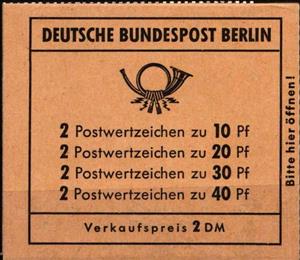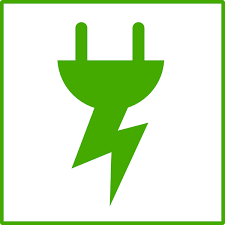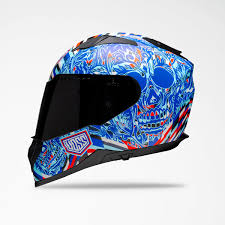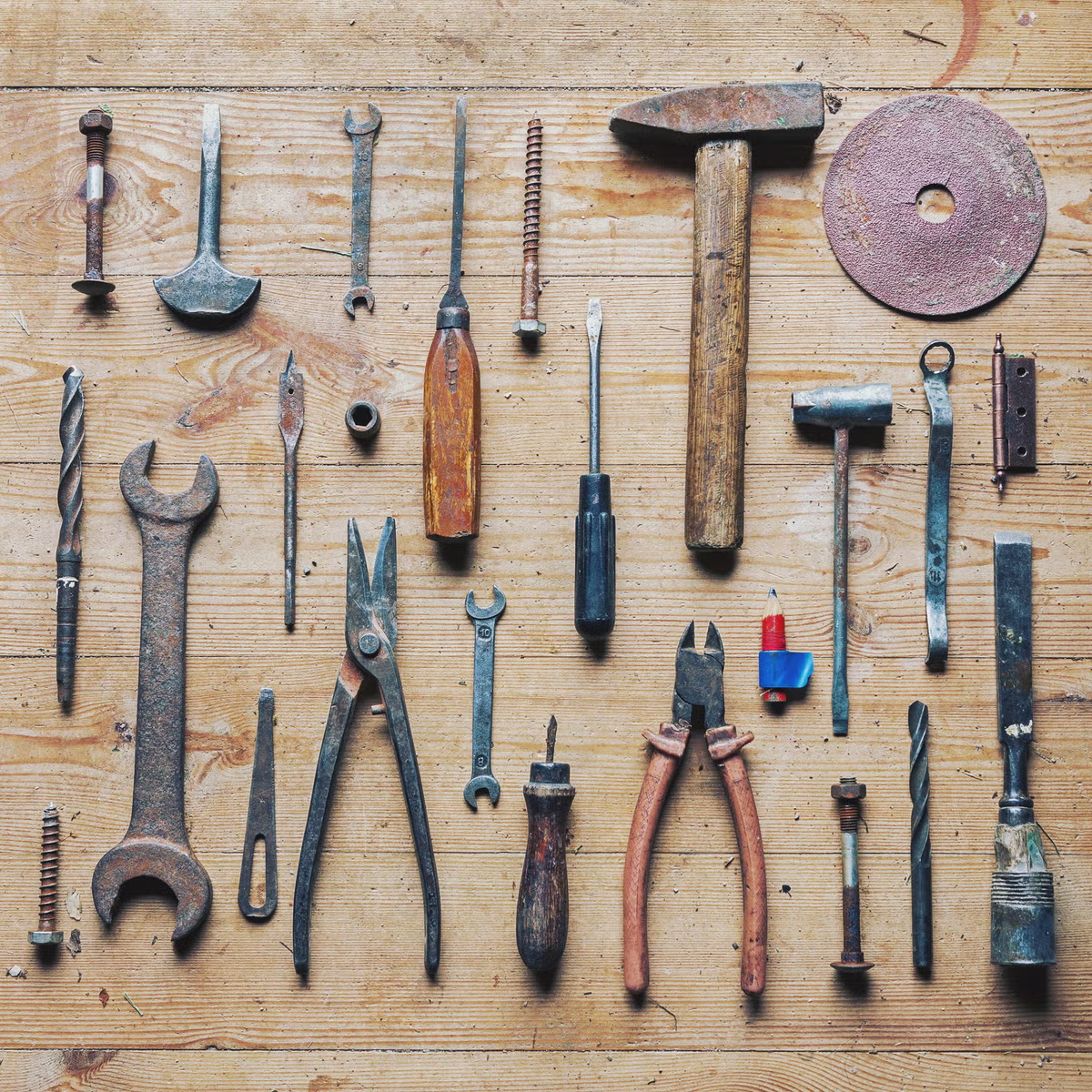Booklet: Booklet-Prevent Accidents (Berlin 1972)
Booklet-Prevent Accidents (Berlin 1972)
01 September (Berlin ) within release Prevent Accident goes into circulation Booklet Booklet-Prevent Accidents face value 2 German mark
| Booklet Booklet-Prevent Accidents in catalogues | |
|---|---|
| Michel: | Mi: DE-BE MH8d |
Booklet is square format.
with Michel Nr. HB16 Front cover: black on bright chrome yellow 1st cover side: "Content" 2nd cover side: "Advertising-Hawid" 3rd cover side: "Post-Postmuseum" 4th cover side: "Advertising-Michel"Also in the issue Prevent Accident:
- Booklet - Booklet Prevent Accidents face value 2;
- Booklet - Booklet Prevent Accidents face value 2;
- Booklet - Booklet Prevent Accidents face value 2;
- Booklet - Booklet Prevent Accidents face value 2;
- Booklet - Booklet Prevent Accidents face value 2;
- Booklet - Booklet Prevent Accidents face value 2;
- Booklet - Booklet Prevent Accidents face value 2;
- Booklet - Booklet Prevent Accidents face value 2;
- Booklet - Booklet Prevent Accidents face value 2;
- Booklet - Booklet Prevent Accidents face value 2;
- Booklet - Booklet Prevent Accidents face value 2;
- Booklet - Booklet Prevent Accidents face value 2;
- Booklet - Booklet Prevent Accidents face value 2;
- Booklet - Booklet-Prevent Accidents face value 2;
- Full Pane - Prevent Accidents face value 40;
Booklet Booklet-Prevent Accidents it reflects the thematic directions:
Electricity is the set of physical phenomena associated with the presence and motion of matter possessing an electric charge. Electricity is related to magnetism, both being part of the phenomenon of electromagnetism, as described by Maxwell's equations. Common phenomena are related to electricity, including lightning, static electricity, electric heating, electric discharges and many others.
In physics, energy (from Ancient Greek ἐνέργεια (enérgeia) 'activity') is the quantitative property that is transferred to a body or to a physical system, recognizable in the performance of work and in the form of heat and light. Energy is a conserved quantity—the law of conservation of energy states that energy can be converted in form, but not created or destroyed. The unit of measurement for energy in the International System of Units (SI) is the joule (J).
A hand is a prehensile, multi-fingered organ located at the end of the forearm or forelimb of primates such as humans, chimpanzees, monkeys, and lemurs. A few other vertebrates such as the koala (which has two opposable thumbs on each "hand" and fingerprints remarkably similar to human fingerprints) are often described as having "hands" instead of paws on their front limbs. The raccoon is usually described as having "hands" though opposable thumbs are lacking.
A helmet is a form of protective gear worn to protect the head. More specifically, a helmet complements the skull in protecting the human brain. Ceremonial or symbolic helmets (e.g., a policeman's helmet in the United Kingdom) without protective function are sometimes worn. Soldiers wear combat helmets, often made from Kevlar or other lightweight synthetic fibers.
A people is a plurality of persons considered as a whole, as is the case with an ethnic group or nation. Collectively, for example, the contemporary Frisians and Danes are two related Germanic peoples, while various Middle Eastern ethnic groups are often linguistically categorized as Semitic peoples.
A tool is an object that can extend an individual's ability to modify features of the surrounding environment or help them accomplish a particular task. Although many animals use simple tools, only human beings, whose use of stone tools dates back hundreds of millennia, have been observed using tools to make other tools.






